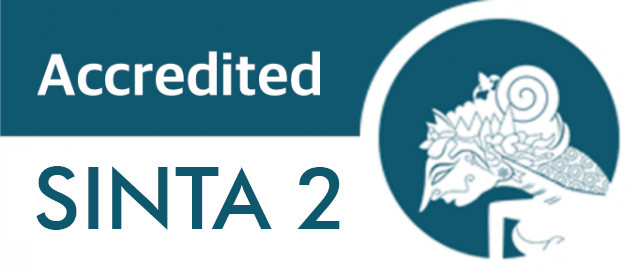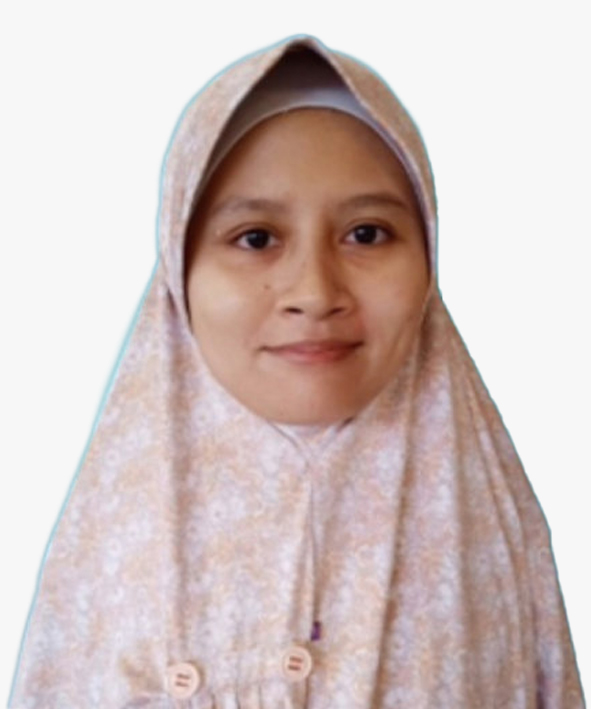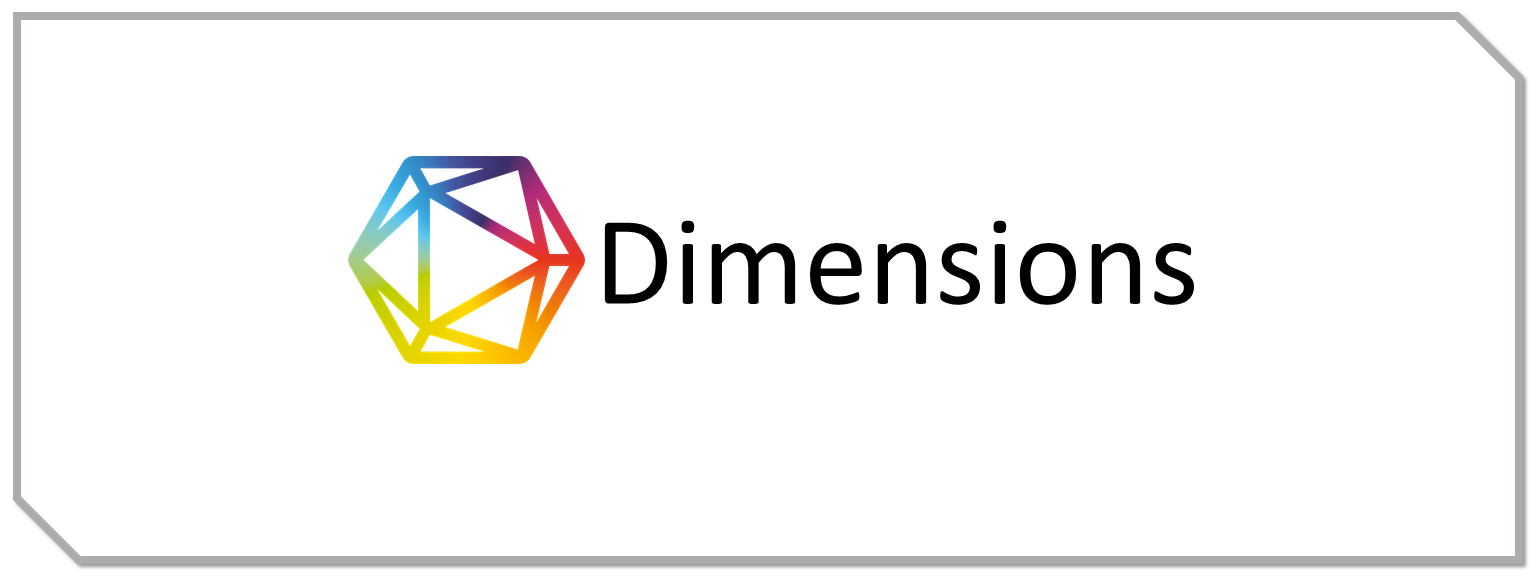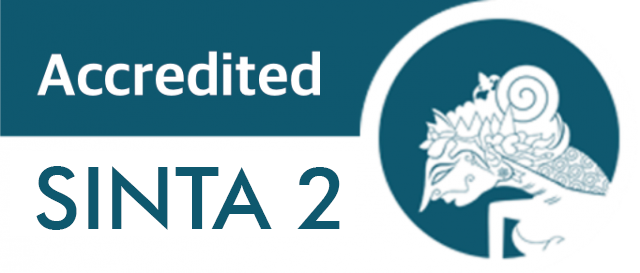Korelasi Antara Kadar Testosteron Total dengan Kepribadian Antisosial dan Jenis Kriminalitas pada Penghuni Lapas Jember
Downloads
Latarbelakang. Hormon testosterone telah lama diasosiasikan dengan berbagai macam sifat pria pada umumnya dan berhubungan dengan perilaku agresif, dominasi dan kepribadian antisocial dalam berbagai kondisi masyarakat, bahkan dalam beberapa kasus disebutkan tin dakan criminal menjadi salah satu efek dari tingginya kadar hormonini.
Tujuan. Korelasi antara kadar hormone testosteron total pada penghuni Lapas Jember, dengan kepribadian antisosial yang dimiliki dan jenis kriminal yang dilakukan.
Metode. Studi kuantitatif cross sectional. Menggunakan form MCMI-IV dan uji kadar terstosteron total pada pukul 8 – 10 Pagi. Uji statistic dengan metode chi square.
Hasil. Mayoritasresponden (82 %) memiliki kadar testosteron total normal (antara 3,0-10,6 ng/ml), 13% kadar testosteron yang rendah, dan 5 % kadar testosterone tinggi. 29 % kepribadian anti sosial, dan 71 % kepribadian bukan anti sosial. 82 % melakukan tindak kriminalitas non seksual dan 18 % terpidana tindak kriminalitas seksual.
Simpulan. Tidak diperoleh hubungan antara kadar testosteron total dengan kepribadian dan jenis kriminalitas.
Setiadi, Elly M dan Kolip Usman, 2011, Pengantar Sosiologi. Jakarta; Kencana.
Nurmaliah, L., 1995, Persepsi Terhadap Suasana Rumah, Kelompok Teman Sebaya dan Kecenderungan Perilaku Agresif Pada Remaja Penyalahgunaan narkotika, Skripsi. Psikologi UGM Yogyakarta.
An AAETS, 2014, Serial Killer: Nature vs. Nurture How Serial Killers are Born, The American Academy of Experts in Traumatic Stress. www.associatedcontent.com.
Simpson, K, 2001, ‘The Role of Testosterone in Aggression', Vol 6: 32- 40, McGill Journal of Medicine, UK.
Neave, N., and O'Connor, D.B., 2009, Testosterone and male behaviours, Vol 22 (pp.28-31), The British Psychological Society.
Batrinos, M.L., 2012, Testosterone and Aggressive Behavior in Man, International Journal of Endocrinology & Metabolism, 10(3): 563-8, National Library Medicine.
Hare, R.D., 2006, Tanpa Nurani, dalam Aziza L (ed), PT. Graha Media Medika, Jakarta, p.1-210.
Cleckley H, 1988, ‘An Outline of The Problem', in The Mask of Sanity, 5th edn, CV Mosby Co, Georgia-USA, p.11.
Rodrigo C et al, 2010, ‘The Antisocial Person: An Insight In To Biology Classification and Current Evidence on Treatment', Annals of General Psychiatry, 9:31.
http://www.annals-general- psychiatry.com/content/9/1/31.
Nida Al Hasanat, 2004, Print out Personality Disorder, Hal 24, Yogyakarta.
Gabbard, G.O., 2005, ‘Cluster B Personality Disorders', in Psychodynamic Psychiatry in Clinical Practice, 4th edn, American Psychiatric Publishing Inc., USA, p.513-39.
Cameron, N & Rychlak, J.F., 1985, ‘Personality and Substance Use Disorders', in Personality Development and Psychopathology A Dynamic Approach, 2nd ed, Houghton Mifflin Company, Chicago, p.461-62.
Farrington, D.P& Coid, J.W., 2003, ‘Early Prevention of Adult Antisocial Behavior', Published by The Press Syndicate of The University of Cambridge, p1-26. http://www.cambridge.com.
Sadock, B.J & Sadock, V.A., 2007, ‘Personality Disorders', in Grebb JA, Pataki CS, Sussman N (eds), Kaplan & Sadock's Synopsis of Psychiatry: Behaviora Sciences/Clinical Psychiatry, 10th ed, Lippincott Williams & Wilkins, Philadelphia, p.798-99.
Groth, G., Marnat, 2009, Handbook of Psychological Assessment (edisi kelima). Terjemahan oleh Helly Prajitno Soetjipto & Sri Mulyantini Soetjipto, Yogyakarta: Pustaka Pelajar.
Flynn, P. M., Gersh, D. M., & McCann,
J. T, 1992, MCMI-II diagnosis of borderline personality disorder: Base rates versus prototypic items. Journal of Personality Assessment, 58, 105-114.
Bow, J. N., Flens, J. R., Gould, J. W., & Greenhut, D., 2005, An Analysis of Administration, Scoring, and Interpretation of The MMPI-2 and MCMI-II/III in Child Custody Evaluations. Journal of Child Custody, 2 (4): 1-22.
Kartono, 1999, Pengertian Kriminalitas hal: 122, CV. Rajawali Press, Jakarta.
Bonger, W.A., 1982, Pengantar Tentang Kriminologi, P.T. Pembangunan Ghalia, Indonesia,Jakarta
Hamzah, A., 1991, Perkembangan Hukum Pidana Khusus, Penerbit PT. Rineka Cipta, Jakarta.
Yildirim, B.O., Derksen, J.L., 2012, A review on the correlation between testosterone and life-course persistent antisocial behavior, Elsevier B.V, USA.
Hartmann, H., 1939, Ego psychology and the problem of adaptation. New York: International Universities Press.
Piaget, J., 1954, The Construction of Reality in the Child. New York: Basic Books.
Meloy, J.R., 2001, A Psychoanalytic View of the Psychopath, San Diego Psychoanalytic Society and Institute, USA. http://forensis.org/PDF/published/2007_ APsychoanalytic.pdf.
Hurwitz, Stephen., 1986, Kriminologi. Terjemahan oleh Ny. L. Moeljatno, SH.. Jakarta: PT Bina Aksara.
Dunkin, K., 1995, Developmental Social Psychology, From Infancy an old age, Oxford: Blackwell Publisher Ltd.
Brigham, J.C., 1991, Social Psychology, New York: Harper Collingns Publishers Inc.
Glenn,A.L., Raine, A., Schug, R.A., Gao,Y., and Douglas, A.G., 2012, Increased testosterone to cortisol ratio in psychopathy, National Library of Medicine National Institutes of Health, USA.
Gottfredson, M.R & Hirschi, T., 1990, A General Theory of A Crime, Stanford: Stanford University Press.
Keenan, M., 1998, Narrative therapy with men who have sexually abused children. In G.
Copyright (c) 2017 Dewi Prisca Sembiring, dr. Soetjipto

This work is licensed under a Creative Commons Attribution-ShareAlike 4.0 International License.
1. Copyright of this journal is possession of the Author, by the knowledge of the Editorial Board and Journal Manager, while the moral right of the publication belongs to the author.
2. The journal allows the author(s) to retain publishing rights without restrictions.
3. The articles are published under a Creative Commons Attribution Share-Alike (CC BY-SA) license. Many research funding bodies prefer the CC BY-SA license because it allows for maximum dissemination and re-use of open access materials. Users are free to share (copy, distribute, and transmit) and remix (adapt) the contribution under this license, including for commercial purposes, as long as they attribute the contribution in the manner specified by the author or licensor.




























